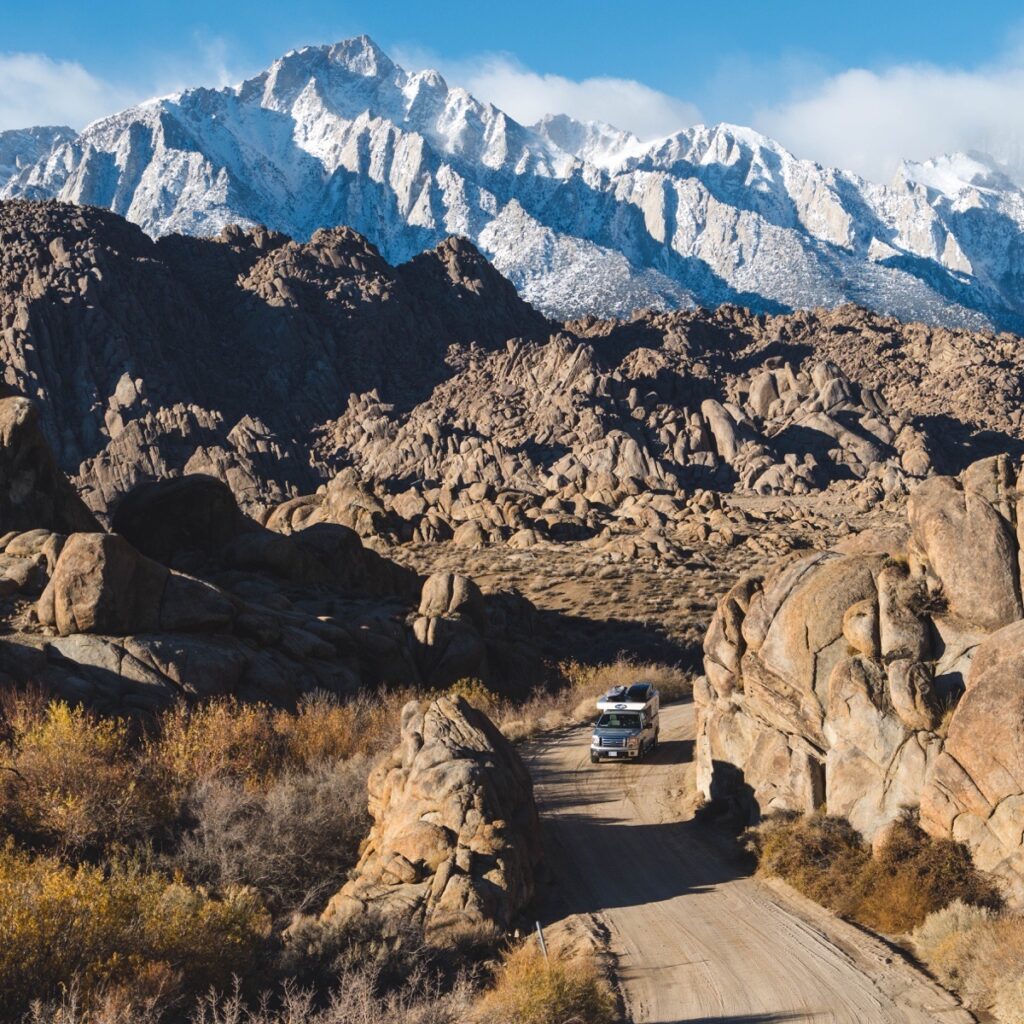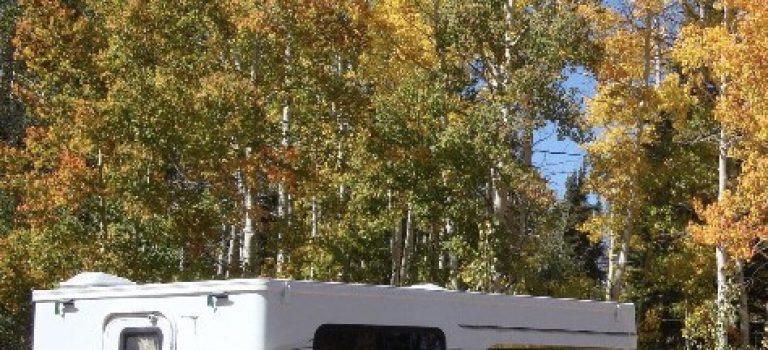This article will give you all the advice, strategies, and tools you need to find fantastic free camping spots on your upcoming vacation, whether you’re looking for them for budget travel or just getting outside for a long weekend.
Why Camp for Free
There are many different names for free camping, including boondocking, dispersed camping, wild camping, stealth camping, or dry camping. But the objective is always the same: to locate a secluded campground that is totally free! Free camping areas don’t require reservations, so you can arrive whenever you want and explore at your own leisure. This is another MASSIVE advantage.
But if you’re unprepared, these free camping options can mean sacrificing some comfort. When camping for free, it usually means there are no hookups, electricity, water hookups, flush toilets, showers, garbage cans, or on-site laundries. In some circumstances, it only means having a place to park overnight. And you could be concerned about safety if you’ve never camped in such a rustic manner.
However, there is always a solution. We’ll go over overnight parking alternatives, free camping memberships, and how to discover free camping on public lands. We’ll also provide you a list of the top resources for finding free camping spots on your upcoming excursion.
Public Lands Free Camping

Our first choice for free camping is public lands. Throughout the country, there are literally millions of acres of National Forest, Grasslands, BLM, and other public lands, and the vast majority of them are open to the general public for free! You can frequently locate really fantastic free camping locations with stunning vistas and far fewer “camp neighbors” than conventional planned campgrounds with a little effort and investigation.
IMPORTANT TO NOTE: All public lands should be treated with the utmost respect because they are tremendously valuable resources. As a result, when using these and other free camping areas, you should become familiar with the Leave No Trace and Tread Lightly principles and put them into practice.
It is simple to identify which National Forest you will be traveling near on Google Maps because nearly all National Forests and Grasslands are conveniently and plainly marked in green. In order to avoid unintentional trespassing, this also aids in determining the limits of the National Forest. After that, you can utilize the National Forest Service’s Interactive Map to acquire comprehensive information about the individual National Forest where you want to camp. In order to confirm your intended free camping location and any special use limitations, we always advise phoning the local Forest Service office or ranger station. However, in general, you are permitted to camp for free as long as you:
- Limit your trip 14 days in a total of 28 days may be spent there.
- Camp at least one mile away from any Developed Recreation Area, such as a Forest Service Development. Campgrounds, day-use picnic spots, and trailheads that need payment.
- Set your camp at least 200 feet from any stream or water source.
- Respect any current campfire regulations in your area, handle them carefully, and, if at all possible, use only existing fire rings. Keep in mind that permits are occasionally needed, so contact your local ranger station.
- And before setting up camp, check out this interactive map to learn about the current wildfire and prescribed fire conditions.
Despite how complicated it all seems, it isn’t. It is typically simple to keep within the aforementioned rules and figure out where you’re allowed to camp if you use the resources listed below, plus a little common sense.
One out of every ten acres in the US is under the control and management of the Bureau of Land Management. The majority of that is located west of the Mississippi, though. BLM land is often open to the public for free scattered camping, but is a little harder to discover and occasionally more limited. In contrast to National Forest, BLM does not provide a user-friendly interactive map or indicate its land on Google Maps. The majority of free campgrounds on BLM properties are found off secondary roads and can usually be recognized by the fact that it appears to have been camped in previously (fire ring, cleared flat tent pad, tire tracks, etc.).
Finding free camping spots on BLM property might be a bit of a gamble. While some have been little more than crowded shared dirt parking spots, some have been wonderfully remote, gorgeous, and among our finest free camping experiences.
Additional Public Lands with Free Camping
There are hundreds of thousands of acres of other public lands available for free camping, including state Wildlife Management Areas (WMA), state and county parks, conservation areas, trust lands, etc. The National Forest and BLM land is the most abundant source of public lands available for free camping.
The problem is that each of them will have unique rules, permissions, and restrictions regarding what camping is available, if any, and when and where you are allowed to camp, if you are allowed to. If you’re unclear, it’s advisable to get in touch with the organization in charge of the specific public land you want to camp on and inquire. The website of the state’s public lands management agency, which may also be known as the Department of Natural Resources, the Department of Environmental Management, the Department of Conservation, etc., is a good place to start if you need advice.
The benefits of a pop-up camper is you can utilize camping spots that are off the beaten trail! Contact us today to get started!




